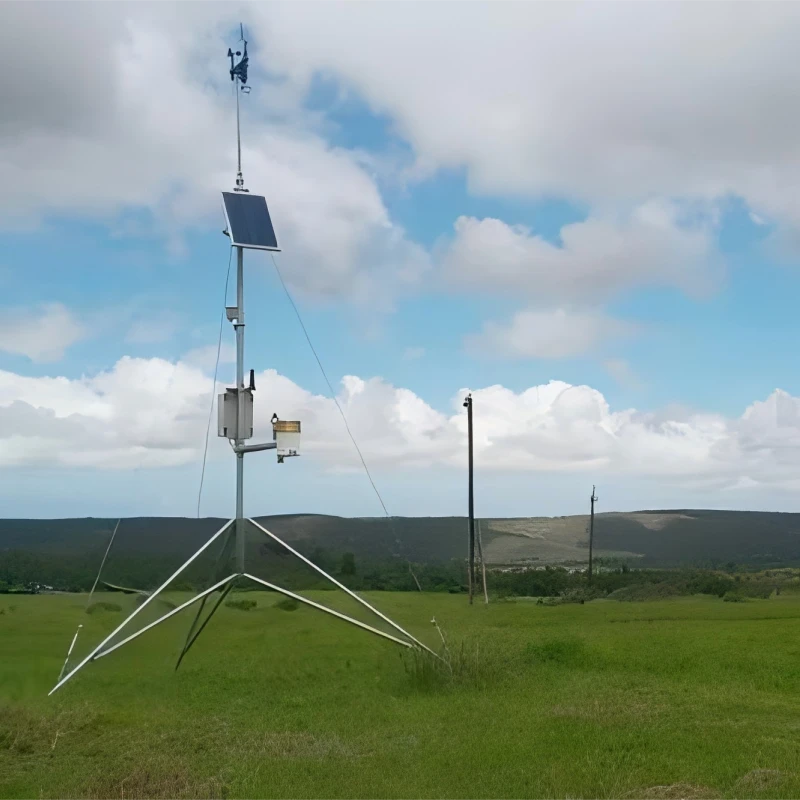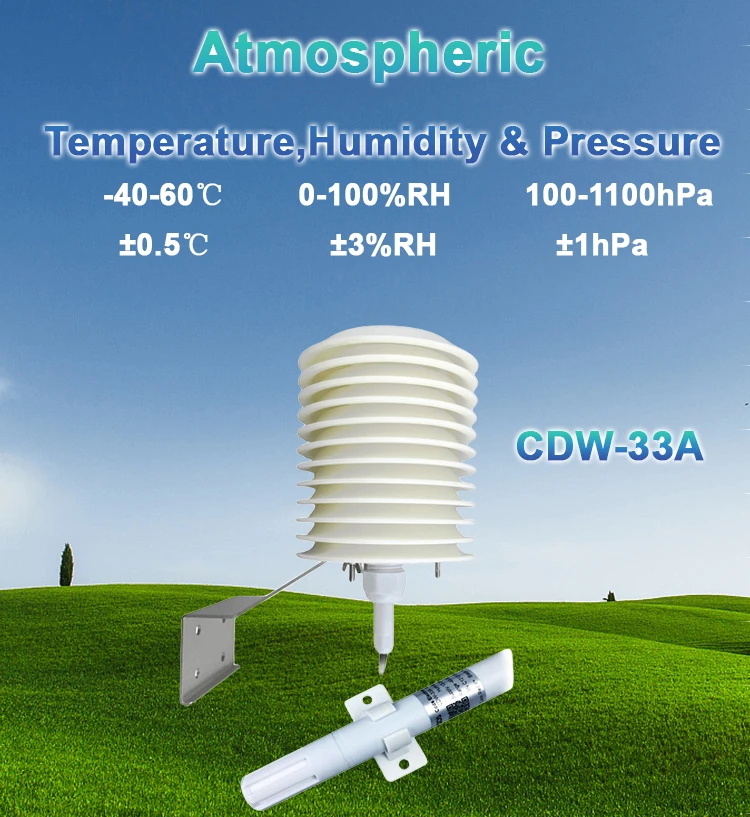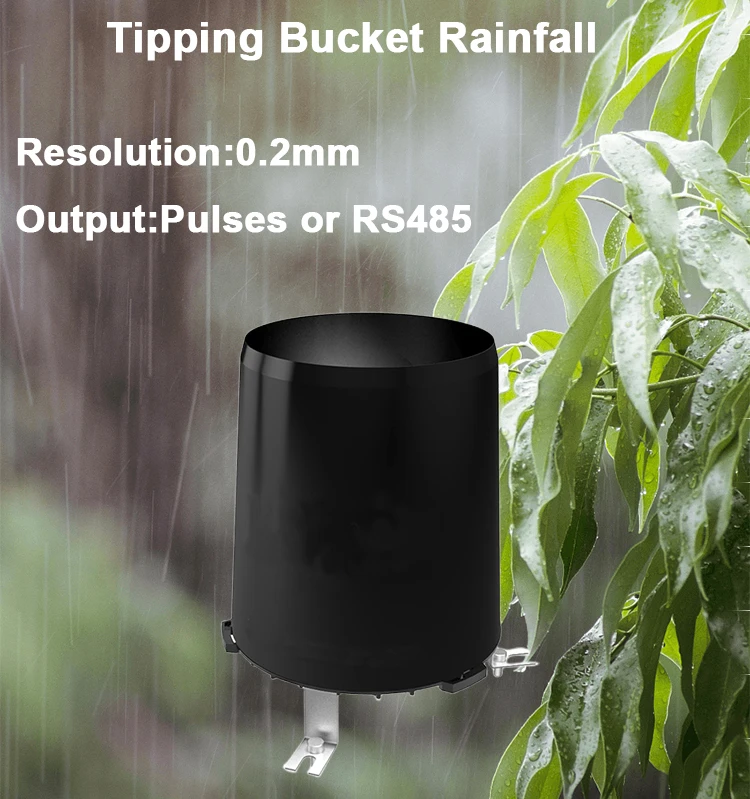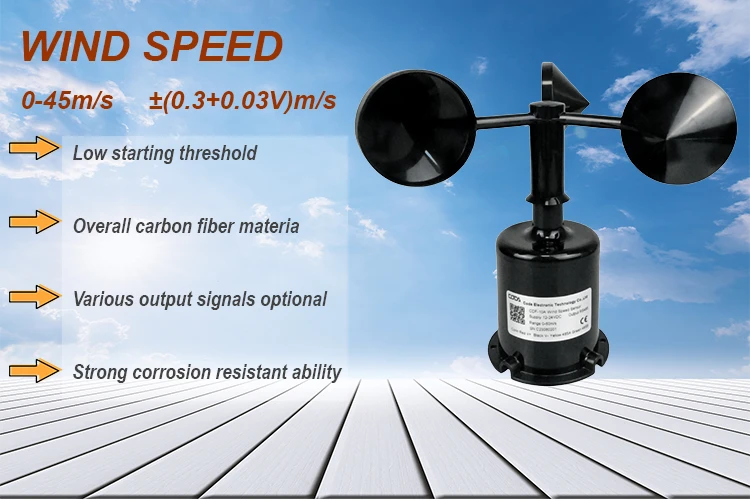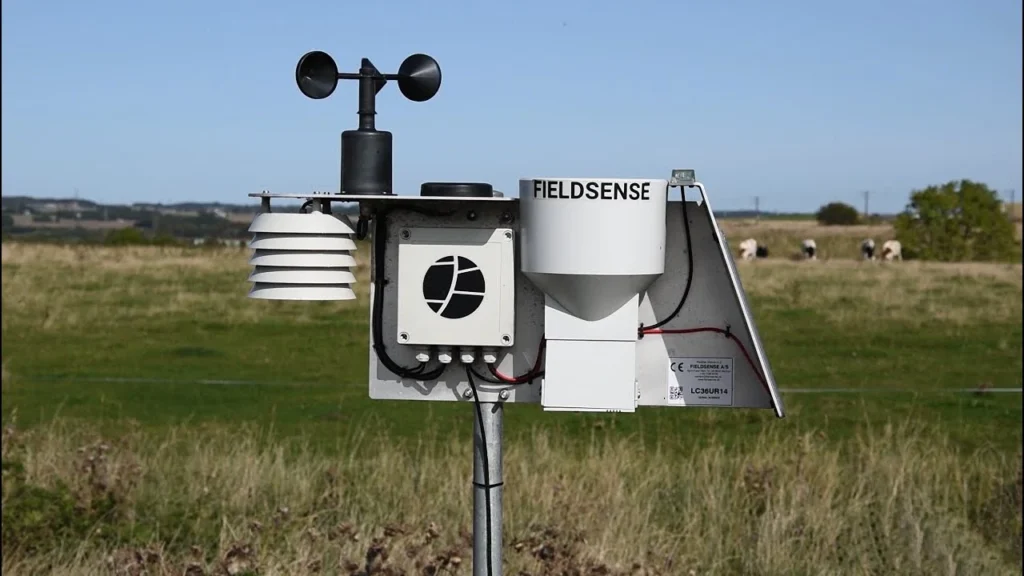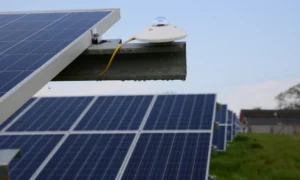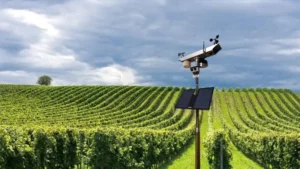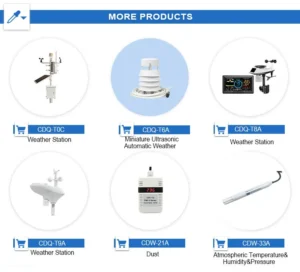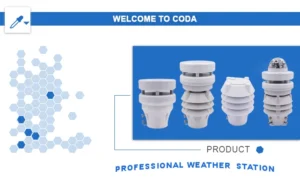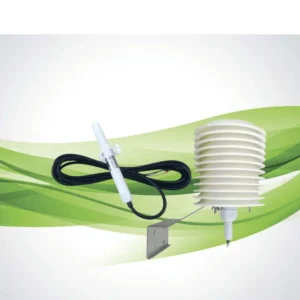weather instruments | meteorological tools to measure weather
Conclusion of weather tools: Weather has a big impact on our daily lives. It affects outdoor events and important choices. To get accurate weather data, meteorologists and weather fans use different special tools.
These tools are made for accuracy. This article shows the different types, uses, and importance of weather measuring tools.
Thermometers: Accurate Temperature Measurement
A thermometer is a common tool used to measure temperature. Traditional thermometers have a glass tube. This tube is filled with mercury or alcohol.
When the temperature changes, the liquid expands or contracts. A scale on the side shows the temperature readings.
Thermometers come in many types. Some are meant for indoor use, while others are for outdoor use. There are also special ones for medical and scientific needs. These tools are made to be accurate.
They help weather experts track temperature changes. These changes are important for making weather forecasts. Thermometers are important for checking heatwaves and frost weather conditions. They are important in both weather studies and climate science.
Barometers: Detecting Atmospheric Pressure for Weather Forecasting
Barometers are helpful tools that measure barometric pressure. This pressure shows how much air pushes down on the Earth. By watching changes in pressure, weather experts can predict the weather.
For instance, high-pressure systems often lead to clear skies. On the other hand, low-pressure systems can bring storms.
The two main types of barometers are mercury and aneroid barometers. Mercury barometers have a glass tube filled with mercury. The height of the mercury changes with the air pressure.
Aneroid barometers use a flexible aneroid cell. This cell reacts to changes in pressure. The readings show up on a dial that is marked clearly for accuracy.
Modern digital barometers are more precise. They do not rely on mercury or mechanical parts. Many barometers show trends and keep a record of past data. This helps them forecast the weather better.
Rain Gauges: Measuring Precipitation for Comprehensive Insights
Barometers are helpful tools that measure air pressure. This pressure shows how much air pushes down on the Earth. By watching changes in pressure, weather experts can predict the weather.
For instance, high-pressure systems often lead to clear skies. On the other hand, low-pressure systems can bring storms.
The two main types of barometers are mercury and aneroid barometers. Mercury barometers have a glass tube filled with mercury. The height of the mercury changes with the air pressure.
Aneroid barometers have a flexible cell inside. This cell responds to changes in pressure. The rainfall data readings show on a dial that is marked for accuracy.
Modern weather digital barometers are now much more accurate. They do not use mercury or any parts that move. Many barometers show trends and keep past data. This helps them predict the weather better.
Anemometers: Measuring Wind Speed and Direction
Anemometers are useful tools for measuring how fast the wind blows and which way it goes. They give vital information to meteorologists, weather fans, and many professionals. Knowing wind patterns helps meteorologists predict storms, calculate wind-chill effects, and expect changes in the weather.
Traditional anemometers often have three or more cups on a central axis. These cups spin when the wind blows.
The speed of the spin shows how fast the wind is blowing. Another type is the propeller anemometer. It has a small spinning propeller. It measures how fast the wind is blowing.
We often use wind vanes and anemometers to check wind direction. A wind vane has an arrow that points to where the wind comes from. Together, these tools give us a clear picture of wind data.
Hygrometers: Monitoring Atmospheric Humidity
Humidity shows how much moisture is in the air. Too much humidity can make us uncomfortable. On the other hand, low humidity can cause dryness and raise the risk of wildfires. We use hygrometers to get accurate humidity readings.
Traditional hygrometers use a system with a wet-bulb and a dry-bulb thermometer. They measure humidity by comparing the two readings.
Modern electronic hygrometers use sensors for fast and accurate humidity readings. They often have extra features. You need to check the temperature and find the dew point.
conclusion of meteorological instruments
Weather measuring instruments are important tools. They help collect data to track weather patterns.
These tools to measure weather also predict changes and keep people safe. Instruments like thermometers, barometers, rain gauges, anemometers, and hygrometers each play a key role. They provide accurate weather information.
Technological advances have led to digital home weather stations. These stations use sensors to give quick weather information. Whether you are a professional meteorologist or just love weather, these tools are important. They help you understand weather forecasting better.
Hunan Coda Electronic Tech Co., Ltd is dedicated to providing high-quality products at good prices. We also focus on great customer service. If you have questions or need help, we are here for you.
Are you looking for reliable weather measuring tools? Coda Sensors is a great option that can be tailored to your needs.
